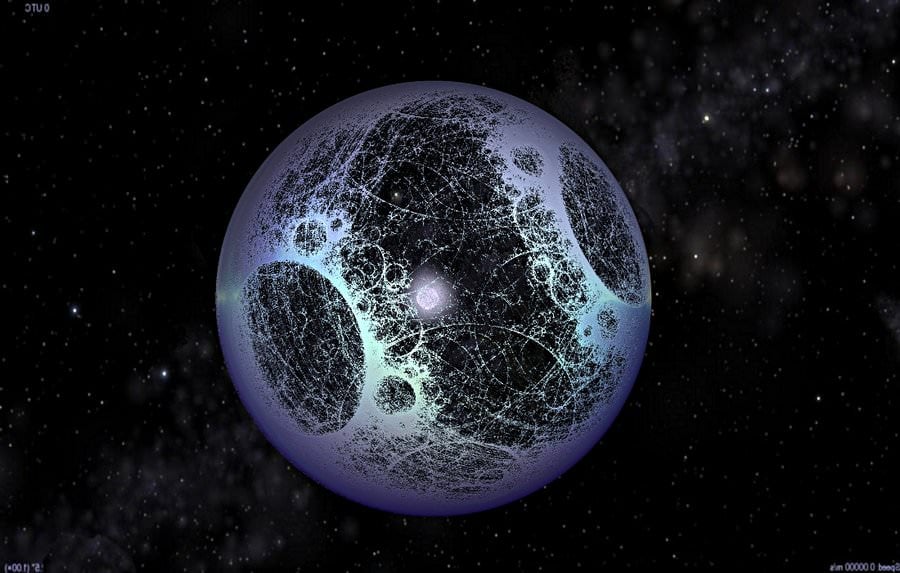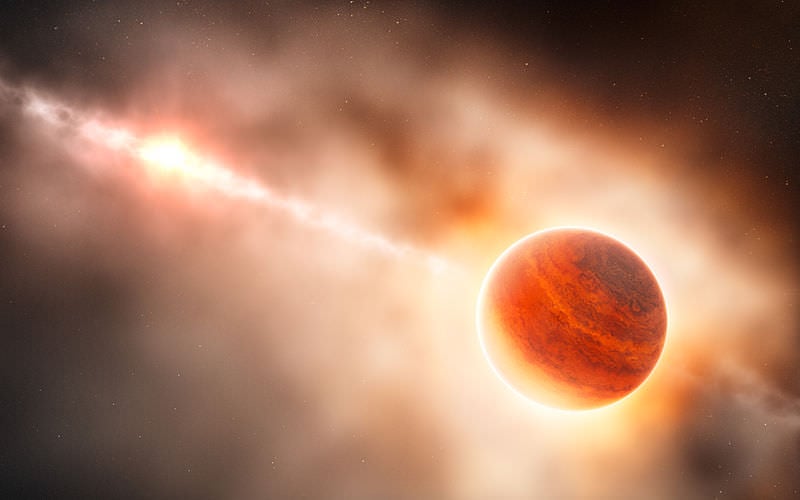
Using data from Hubble and Spitzer, an international team has discovered two new waterworlds in one system.
Continue reading

A new study shows how gravitational wave observatories could be used to search for technosignatures throughout the galaxy
Continue reading

A new study demonstrates how the Mexico (Aztecs) kept track of solar cycles to guide their agricultural practices
Continue reading

A new proposal for an interstellar mission shows how a solar sail could use the same technique birds do to pick up speed.
Continue reading

A new study looks at the practicality of living in a common near-Earth asteroid
Continue reading

Astronomers have learned a planetary nebula had a much more complex origin than originally thought.
Continue reading

Using the SPHERE instrument on the ESO's Very Large Telescope, a team of astronomers observed how interaction between disks affects the evolution of planetaary systems.
Continue reading

The Artemis I mission has splashed down, ending its mission and validating the technology that will take astronauts back to the Moon.
Continue reading

A team led by NASA Marshall was selected to build a technology demonstrator called the Solar Cruiser to mature solar sail technology
Continue reading

A new study by a team of Polish astronomers has revealed details about the shape of the Milky Way's center and disk.
Continue reading

 Universe Today
Universe Today















































